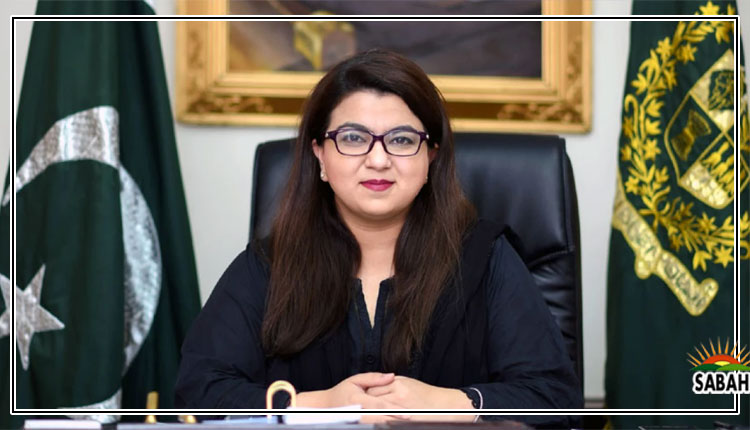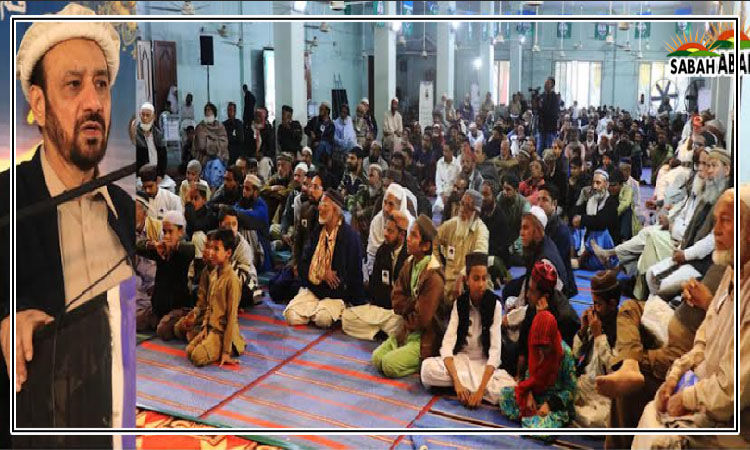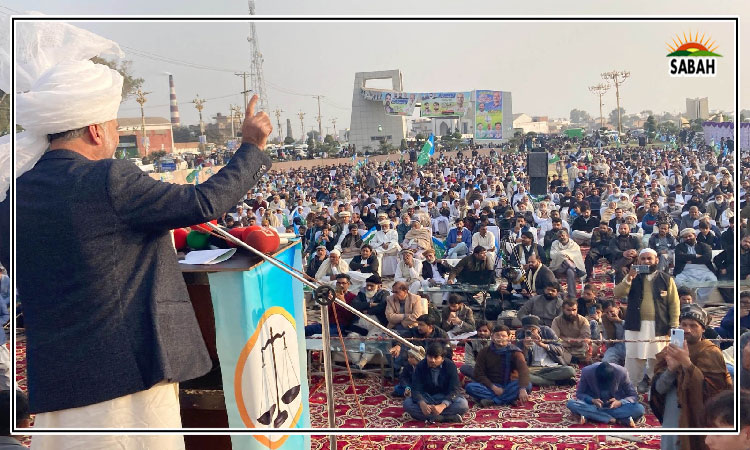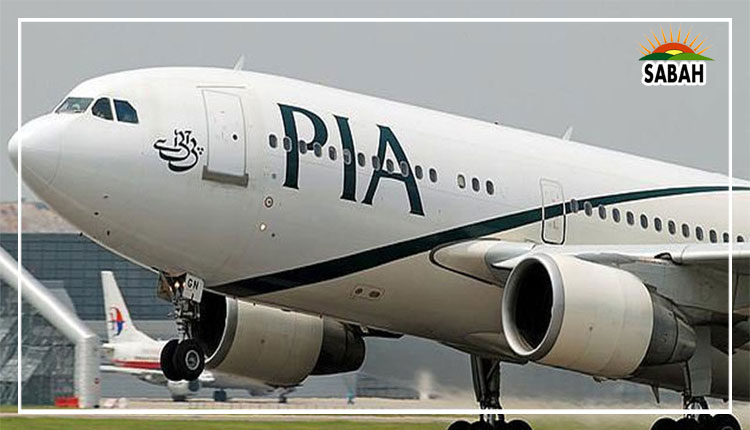Why educating girls is a game changer …Jo Moir
This week we celebrate International Womens Day, one of my favourite events of the year. Its the chance to celebrate sisterhood, to encourage our men and boys in the fight for gender equality and to share a vision for a world where all women and girls, without exception, enjoy freedoms that enable them to live life to their full potential. It is also a great excuse to put a bit of vibrancy back into the office and colour ourselves and everything else purple!
In my role as development director here at the British High Commission in Islamabad, someone asked me recently what one change I would make to advance development here in Pakistan. I had no hesitation educate girls. All the evidence shows that ensuring girls receive 12 years of quality education is the single most effective move a country can make towards its future growth and prosperity. If this claim seems too specific to be believable, here is the causal chain.
First, young women who have been educated to secondary level are more likely to delay the age at which they marry, delay their first pregnancy and plan the number of children they have. In Pakistan, the demographic odds are stacked against sustainable development, with the number of citizens set to double by 2050. You could say it is a race to slow population growth and give public service provision, land use, housing and job opportunities the chance to catch up. What can help? Get girls into school and enable them to complete their secondary schooling.
Second, a child born to a mother who can read is 50 per cent more likely to live past the age of five, 50 per cent more likely to be immunized, and twice as likely to attend school. In Pakistan where the communicable disease burden and infant, child and maternal mortality rates are still stubbornly high, educating the mums of the future is a huge step towards healthier communities.
Third, research shows that educating a girl can dramatically increase her lifetime earnings: with just one additional year of secondary schooling, a girls future earnings can increase by as much as 20 per cent. Not only is this good for the individual and her family, but it also contributes to national economic growth.
Pakistan displays far lower rates of female participation in the labour force rates than would be expected for a country at its level of development, partly because of low rates of female education. This is a total waste of talent. The World Bank recently assessed that Pakistan could accrue GDP gains ranging between 5.0 and 23 per cent by closing the female employment gap relative to its peers. There is a direct line between educating girls and realizing Pakistans economic potential.
Fourth, if the first three reasons werent enough, educating girls also improves a countrys overall resilience to climate change. For every additional year of schooling a girl receives on average, her countrys resilience to climate disasters can be expected to improve by 3.2 points.
Girls education is powerful because it tackles underlying inequalities that increase female climate vulnerability such as poverty, and also some of the contributing drivers like population growth and pressure on natural resources. For Pakistan, one of the top ten countries in the world most vulnerable to climate change, educating girls seems like a sensible part of any national climate resilience strategy.
This week, #UKinPakistan is celebrating #10Years10 lessons as part of a Decade of Learning, a GBP900 million investment in education in Pakistan made by the British people, through the UK government. Huge achievements have been made through a strong UK-Pak partnership at the national and provincial levels, involving partners from government, the private sector and civil society.
From 2015 to 2021, the UK-Pak partnership supported at least 4.5 million children to get a decent education, including 2.1 million girls. Across the country, in Punjab, the number of qualified teachers has increased by 50 per cent. In Khyber Pakhtunkhwa, enrolment in primary and secondary schools increased by 55 per cent between 2011 and 2018, with increases at the secondary level of over 70 per cent.
Some key lessons have been learnt from this decade of learning as well: the need to focus on good governance of education systems and critical reforms; the importance of broadening access to education for all including the marginalized children, working in partnership with non-state providers; the laser-like focus has to be maintained on supporting kids to learn while at school, through strong leaders, equipped teachers and quality assessment regimes.
The devastating floods of 2022, and the Covid pandemic have created a learning crisis for countless children in Pakistan, girls and boys alike. There are now estimated to be 27 million children out of school, which is over a third of the school age population.
The tragedy of the last three years is that many of these children will never return to school, never realize their full potential. This is particularly true for girls who are out of school and who face multiple barriers to their life chances because of their gender. Now more than ever, we must redouble our efforts for girls education there is no better way to shore up Pakistans long-term development.
The writer is the development director at the British High Commission in Islamabad.
Courtesy The News












